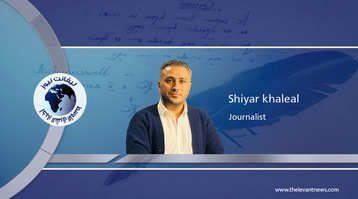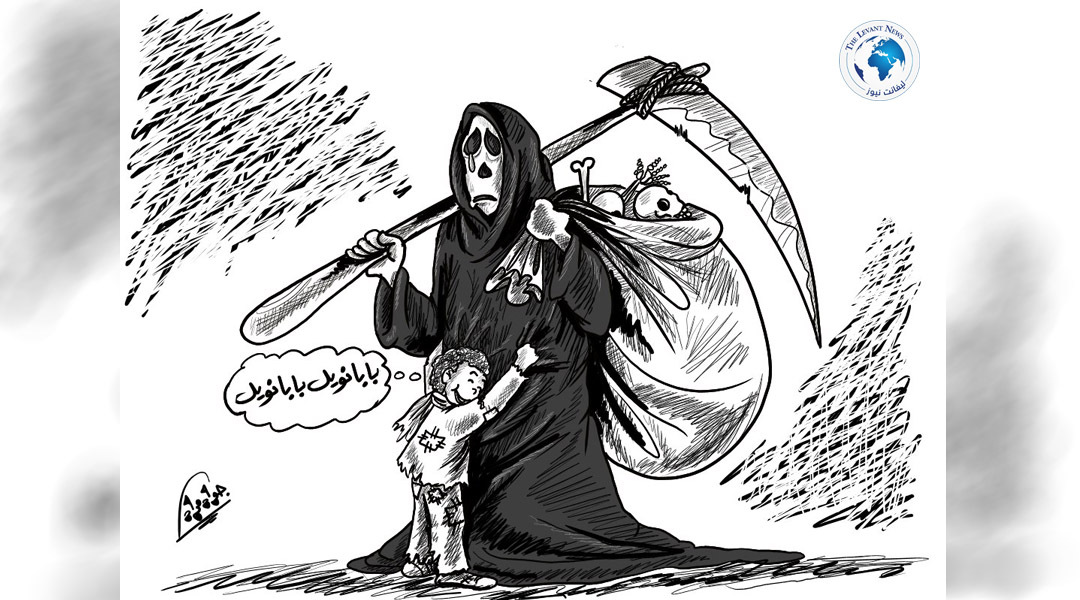-
Druze Card and Damascus' Calculations: Are Israeli Strikes Leading to Unconditional Normalization?

By: Hossam Bouzakarn
At a pivotal historical moment, the new Syria stands before a complex equation interwoven with political, security, and social dimensions. As Damascus attempts to put its internal house in order after decades of war and destruction, it faces mounting pressure from multiple actors—chief among them, repeated Israeli airstrikes now reaching the heart of the capital. The pressing question is: Are these pressures paving the way toward Syrian-Israeli normalization, and if so, what would such normalization look like?
It is impossible to understand recent Israeli actions without placing them within the context of a broader strategy aimed at reshaping Syria’s political landscape. The strikes targeting the Syrian Ministry of Defense and the presidential palace are not merely reactions to events in Sweida, but part of a larger scheme to impose a new reality on the ground.
Israel is leveraging the “Druze card” as a pretext to achieve deeper strategic objectives—namely, tightening its grip on border-adjacent regions and weakening the Syrian state by fragmenting its geographic and political unity. This approach is not new in the Israeli playbook; Tel Aviv has repeatedly tried to exploit sectarian dynamics—such as with the Alawites in the coastal region and the Kurds in the north—though these efforts have failed to meet their goals.
What sets this moment apart is the timing and the current international context. Syria today is under pressure from the United States, Turkey, and Israel, while simultaneously striving to rebuild its institutions and reassert control over its territory. These converging pressures are placing the Syrian government in a difficult position that may lead it to make concessions it never previously considered.
Emerging divisions among Damascus’ leadership—according to several reports—regarding how to handle foreign pressures, particularly from the U.S. and Turkey, reveal fragility in decision-making processes that Israel may exploit to impose its conditions. When Washington and Ankara demand the withdrawal of Syrian forces from Sweida, and Tel Aviv threatens further strikes if demands are not met, Damascus finds itself cornered with few viable options.
Normalization Scenarios: Between Coercion and Pragmatism
Amid these dynamics, several scenarios emerge for potential normalization between Syria and Israel, each with distinct regional and international implications.
The first scenario is “coercive normalization”, where the Syrian government succumbs to Israeli and international pressure and agrees to a comprehensive settlement with Israel without preconditions. This kind of normalization—essentially capitulation—might include recognition of Israeli sovereignty over the Golan Heights, security guarantees for Israel, and possibly even diplomatic and economic ties.
Signs of this scenario are already evident in the agreement reached with the Druze in Sweida, which includes the army’s withdrawal to its barracks and the transfer of responsibility to internal security forces. This deal, forged under the pressure of Israeli strikes, could serve as a model for what Israel might seek in other regions.
The second scenario is “symbolic normalization,” in which Syria engages in negotiations with Israel aimed at calming tensions without making substantial concessions. This form of normalization would focus on technical and security-related matters, such as border coordination and de-escalation measures, without addressing major political issues like the Golan Heights or the refugee question.
Indicators of this scenario include meetings reportedly held in Azerbaijan between Syrian and Israeli officials, which ultimately failed according to available information—but nonetheless suggest the existence of communication channels. This approach may be more palatable domestically and regionally, though it may fall short of fulfilling Israel’s full strategic aims.
The third scenario is “gradual normalization,” starting with small steps in specific areas like security and the economy, then gradually expanding to cover other domains. This pathway allows both sides greater flexibility in managing internal and external pressures and reduces the risk of sudden collapse of the normalization process.
Interest Calculations and Regional Balances
Any analysis of possible Syrian-Israeli normalization must consider the intricate web of regional and international balances. Syria is no longer an isolated state but part of a complex network of conflicting alliances and interests.
Turkey’s position is crucial. Ankara, which supports the new Syrian government, finds itself in a precarious position under Israeli pressure. On one hand, Turkey seeks stability in Syria to serve its security and economic interests; on the other hand, it does not want to appear as pushing Syria toward normalization with Israel. This contradiction explains Turkey’s dual approach: calling for a halt to Israeli airstrikes while simultaneously pressuring Damascus to withdraw from Sweida.
The U.S. stance is more transparent. Washington appears content with Israeli pressure on Syria, despite its formal calls for “de-escalation.” U.S. envoy Tom Barak’s call for a ceasefire in Sweida notably lacked a clear condemnation of Israeli strikes, indicating potential U.S.-Israeli coordination on this issue.
Europe’s position reflects some concern over “Israeli violations of Syrian sovereignty,” but remains confined to diplomatic statements. This hesitant stance underscores Europe’s conflicting interests in Syria—desiring stability without paying the political cost of opposing Israel.
Regionally, Arab countries are divided. Some Gulf states support Syrian-Israeli normalization as part of an expanded “Abraham Accords,” while others—like Iraq and Lebanon—oppose it for political and sectarian reasons. This disparity places Syria in a delicate position, requiring it to balance the conflicting interests of its regional allies.
Domestic Syrian dynamics are equally significant. After enduring years of war, Syrian society may be more willing to accept a political settlement that brings stability—even if it includes concessions to a traditional enemy. This pragmatic shift contrasts with historical ideological positions but reflects a new reality shaped by conflict and devastation.
Ironically, opposition to potential normalization may come from within Syria’s own security and military establishment, which views resistance to Israel as part of its institutional identity. This internal contradiction between political necessity and institutional doctrine may generate tensions that affect the stability of the new regime.
In sum, Israeli strikes on Syria and the use of the Druze card as a pretext for intervention are part of a broader strategy to impose a new reality on the ground. This strategy may succeed in nudging Syria toward normalization with Israel, but the nature and extent of such normalization will depend on multiple factors—including Syria’s ability to withstand external pressure, regional and international power dynamics, and the internal calculations of Syrian society.
What is clear is that Syria stands today at a historical crossroads, and the decisions it makes in the coming weeks and months will shape the future of the region for years to come. The lingering question remains: Will Damascus choose coercive normalization under pressure, or will it find another path that preserves its dignity and sovereignty in a changing world?
You May Also Like
Popular Posts
Caricature
opinion
Report
ads
Newsletter
Subscribe to our mailing list to get the new updates!




















